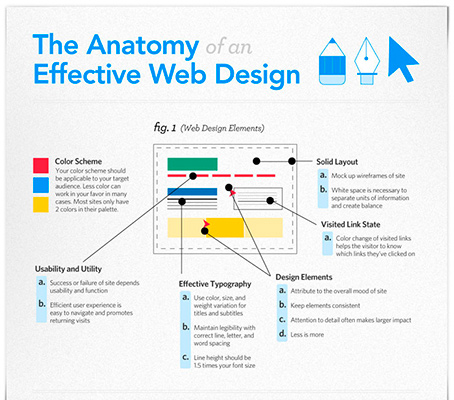Utilizing The Toughness Of Visual Power Structure In Internet Site Production
Utilizing The Toughness Of Visual Power Structure In Internet Site Production
Blog Article
Composed By-Shah Henderson
Imagine a web site where every component contends for your interest, leaving you really feeling overwhelmed and uncertain of where to concentrate.
Currently photo a site where each component is very carefully arranged, assisting your eyes effortlessly via the web page, supplying a seamless user experience.
simply click the next web page on the power of aesthetic power structure in internet site layout. By strategically organizing and prioritizing components on a web page, designers can create a clear and instinctive course for customers to comply with, eventually boosting involvement and driving conversions.
But just how exactly can you harness this power? Join local search website optimization as we discover the principles and methods behind effective visual power structure, and uncover exactly how you can boost your website style to new heights.
Comprehending Visual Hierarchy in Website Design
To effectively communicate details and guide customers via an internet site, it's vital to comprehend the concept of aesthetic power structure in web design.
Visual pecking order refers to the setup and company of components on a webpage to stress their significance and develop a clear and intuitive individual experience. By establishing a clear aesthetic power structure, you can direct individuals' focus to the most important information or activities on the web page, improving use and engagement.
This can be accomplished via various style strategies, consisting of the calculated use of size, shade, contrast, and positioning of aspects. As an example, bigger and bolder aspects commonly draw in even more focus, while contrasting shades can produce visual comparison and draw emphasis.
Concepts for Efficient Visual Hierarchy
Understanding the concepts for efficient aesthetic pecking order is vital in creating an easy to use and engaging website layout. By complying with these principles, you can make sure that your site properly communicates information to individuals and guides their focus to one of the most crucial aspects.
One principle is to use dimension and range to establish a clear visual hierarchy. By making best webdesign and a lot more prominent, you can accentuate them and guide users with the material.
One more principle is to make use of contrast successfully. By using contrasting shades, fonts, and forms, you can develop aesthetic distinction and highlight important information.
Furthermore, the principle of proximity recommends that associated aspects must be grouped with each other to aesthetically connect them and make the internet site extra organized and very easy to browse.
Implementing Visual Power Structure in Web Site Style
To apply aesthetic hierarchy in site layout, prioritize important aspects by changing their dimension, shade, and setting on the web page.
By making key elements bigger and a lot more popular, they'll naturally attract the customer's attention.
Usage contrasting shades to develop aesthetic comparison and stress essential information. For example, you can utilize a bold or vibrant color for headings or call-to-action buttons.
Furthermore, think about managed word press hosting of each component on the page. Location crucial components on top or in the center, as customers tend to focus on these locations first.
Conclusion
So, there you have it. Visual pecking order is like the conductor of a harmony, leading your eyes with the site layout with finesse and flair.
It's the secret sauce that makes a web site pop and sizzle. Without it, your style is simply a jumbled mess of arbitrary elements.
But with aesthetic hierarchy, you can create a masterpiece that gets focus, communicates properly, and leaves an enduring impact.
So go forth, my friend, and harness the power of aesthetic power structure in your web site style. Your audience will thank you.
